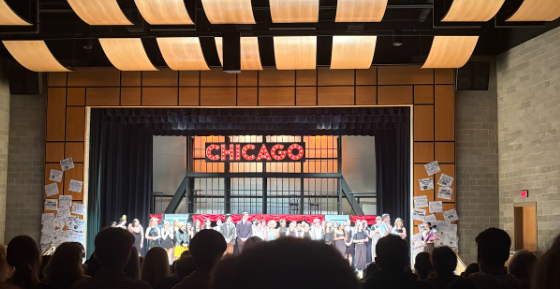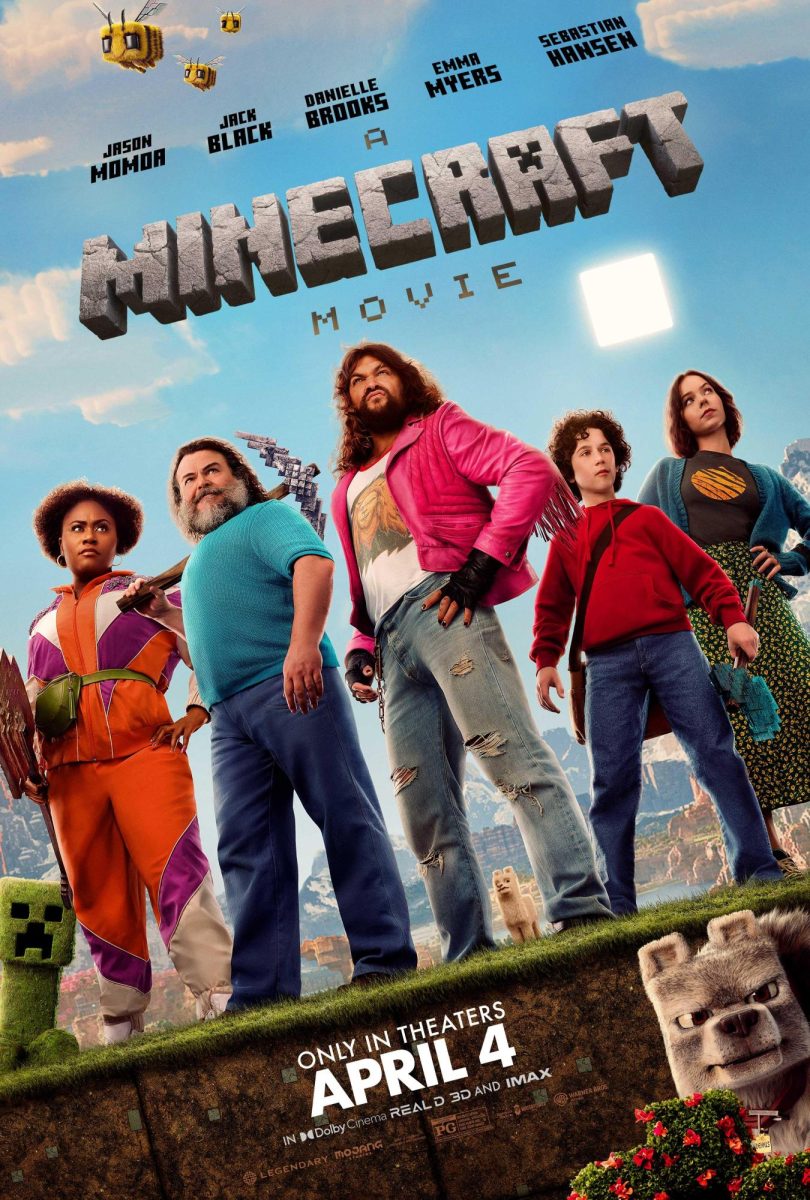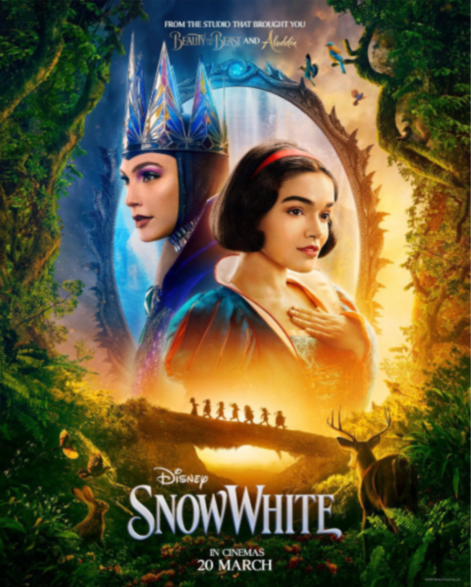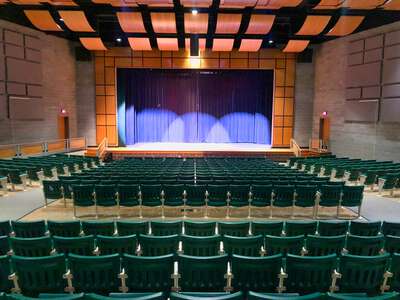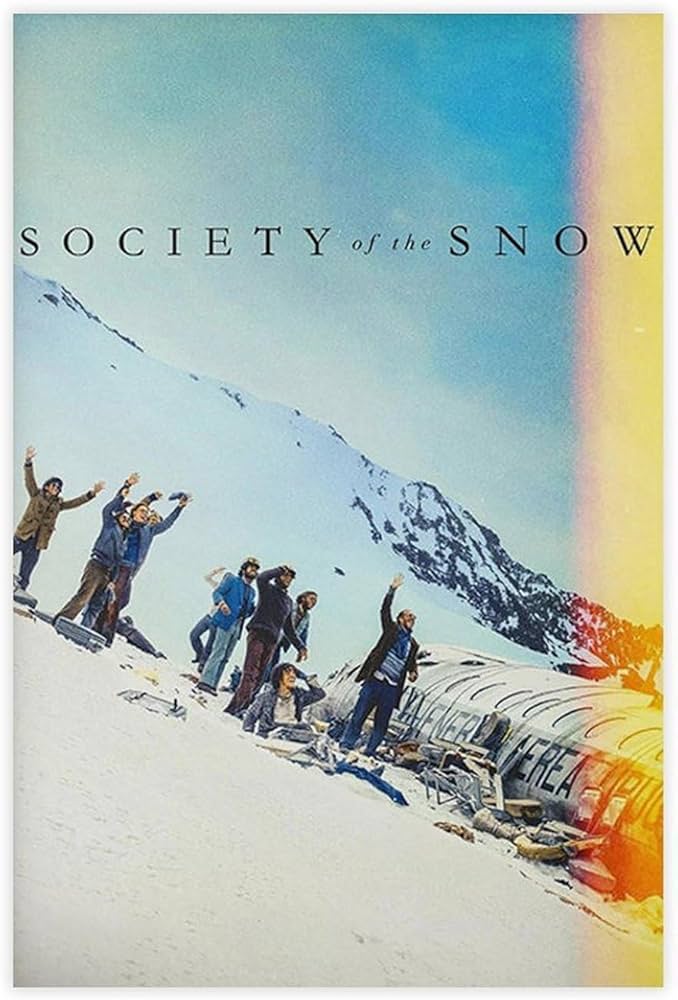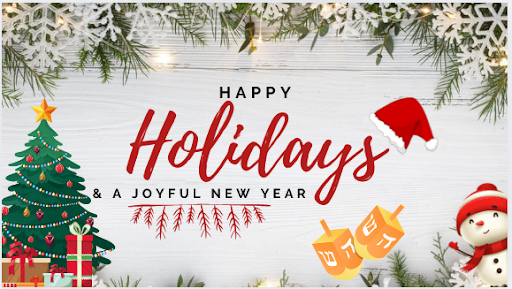
The Holiday Season is finally here! All the lights, presents, ornaments, candles, wrapping paper and dradles are all out of the attic. When the tree’s go up, the candles are lit and everyone is surrounded by the people they love, the world can take a minute to allow for joy to set in for a day. There’s something truly special about this time of year, not only in the US but all around the world too. This article is all about some extremely fascinating and crazy ways those different people celebrate their holidays. Then from there, getting some insight on how one of our very own Weddington Warriors celebrate their holidays.
Around the World:
Gävle Goat (Sweden):
In Sweden around this time of year there’s a celebration called Gävle’s Day, the word alone means gavel/riverbanks and the word comes from east-central Sweden. In the town of Gävle a giant straw statue of a goat is put up to mark the beginning of the holiday season, the goat is also known as the Yule Goat.
Yule takes place on the day of the winter solstice and is celebrated mostly in the Northern Hemisphere. It is the shortest day out of the year, representing the end of darkness to the beginning of the light as days get longer after the solstice. The Yule goat symbolizes the spirit’s that come before Christmas to make sure that the Yule preparations were done right. Unlike most holidays having their own day and meanings alone, I thought it was remarkable how these two holidays share a month then are celebrated together and equally appreciated.
Sinterklaas (Netherlands):
In the Netherlands traditionally, in mid-November, two weeks before his celebrated Feast Day, Sinterklaas arrives in the Netherlands by boat from his home in Spain. Its is widely believed that Spanish sailors brought the legend of Saint Nicholas to the Netherlands. He travels with his white horse Americo and his helpers (the Zwarte Pieten, Sinterklaas is ready to start the holiday session by arriving in the Netherlands.
Zwarte Pieten or the Black Petes are always decked out in colorful clothes and jovial costumes. They are decorated in gold earrings and hats with feathers, and are generally considered simple and full of spirit characters. Their role is to assist Sinterklaas by delivering presents down chimneys and recording the names of naughty and nice children in his book of names.
Similar to Santa Claus, Sinterklaas is able to give gifts to the nice children. Santa Claus arrives and brings these gifts in a sleigh unlike Sinterklaas in a boat. Both bring the full effect of the holiday season and joy to children in the Netherlands and the rest of the world.
Three Kings Day (South America):
In South America getting ready to clean up after Christmas is pretty hard so this holiday officially marks the end of the Christmas season by children leaving their shoes out for the kings to leave them gifts in their shoes.
Waking up to see the footprints of the camels leading to their shoes and seeing goodies sitting in the sole of the shoes. It is practically another mini Christmas to give the season a better ending.
Widely celebrated with pastries known as Rosca de Reyes (“Kings Cake”), that is similar to a blend of a coffee cake and cinnamon roll put together decorated in a cute crown looking style. The holiday is a Christain celebration that commemorates the Biblical story of the three kings who followed the star of Bethlehem to bring gifts to Christ. Making the 12th day of Christmas this holiday is one that set the stage in fourth century A.D and brings goodies in a creative way to kids every year.
Yule Lads (Iceland):
On the 13 nights leading up to Christmas, Icelandic homes are visited by the 13 Yule Lads (“Jolasveinar”)– creatures from festive Nordic folklore. Beginning on the 122th of December, these creatures descend one by one from the mountains. Due to the legend, the Yule Lads are sons of the troll named Gryla.
If you can’t understand a troll or be able to picture them, imagine gangly Christmas elves with mystical Nordic twists. Similar to the Three Kings day, children leave their shoes out (by the windowsills) and receive gifts from the Yule Lads. However if the kids were bad they get potatoes and if they were good they got gifts. Overall this holiday brings the worlds of mystical and magical together to keep the spirit of the season alive in Iceland.
In Our Highschool:
“In my home, we celebrate Hanukkah. For eight nights, we light our menorahs while reciting prayers. We enjoy making and eating latkes (potato pancakes) which are cooked in oil to remind us of the oil that lasted for eight days during the rededication of the Temple in Jerusalem during the 2nd century BC. My family exchanges one gift each night with a special gift on the last night of Hanukkah. On the fun side, we play games of dreidel which is like spinning a top and sing Hanukkah songs. When I was younger, my family would carve out time each evening to light the candles, exchange gifts, play dreidel, and eat a lot of latkes together. This is a tradition that I have continued with my daughter. Even though my daughter is now in college, we continue the Hanukkah traditions via FaceTime. The family time is as special to me as the meaning of Hanukkah.”
-Mrs. Servia’s



